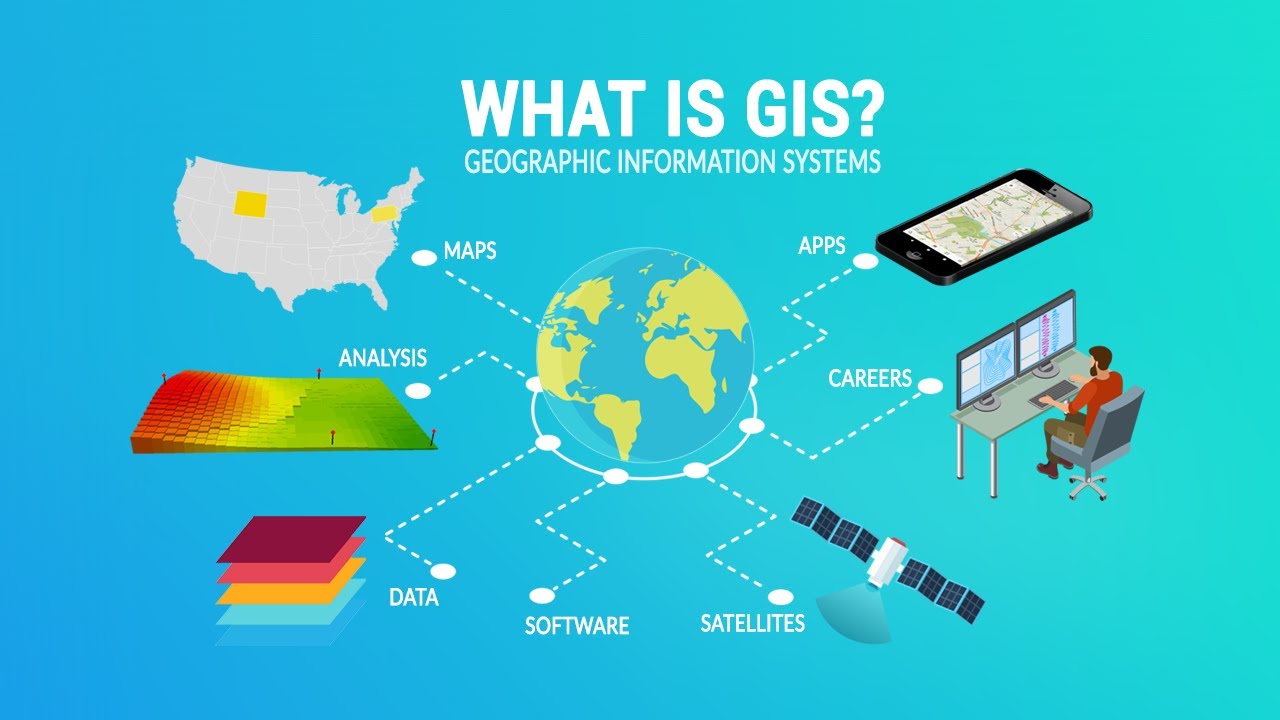Exploring New Business Opportunities: A Geographic Overview

Table of Contents
Analyzing Regional Economic Trends
Understanding the economic landscape of a potential location is paramount. Analyzing regional economic trends provides a crucial foundation for your business plan. This involves more than just looking at national statistics; you need a granular view. Key macroeconomic indicators like GDP growth, unemployment rates, and inflation, all vary significantly from region to region. A booming national economy doesn't guarantee success in every area.
- Utilize government economic reports and industry publications: Resources like the Bureau of Economic Analysis (BEA) and industry-specific journals provide valuable data on regional economic performance.
- Focus on regional growth sectors and emerging industries: Identify industries experiencing rapid growth in your target area. This could indicate strong potential for your business, particularly if it aligns with these sectors.
- Identify areas with high consumer spending and disposable income: A region with high disposable income suggests greater purchasing power and a larger potential customer base.
- Consider tax incentives and government support programs for businesses: Many regions offer tax breaks, grants, or other incentives to attract businesses. This can significantly impact your profitability.
Assessing Market Demographics and Consumer Behavior
Understanding the people who will be your customers is just as vital as understanding the overall economy. Assessing market demographics and consumer behavior involves a detailed examination of the population's characteristics and purchasing habits within a specific geographic location.
- Conduct market research using surveys, focus groups, and data analytics: Direct interaction with potential customers provides invaluable insights into their needs and preferences.
- Utilize demographic data from census reports and market research firms: Government census data and market research firms like Nielsen offer comprehensive demographic breakdowns by region.
- Identify underserved markets and niche opportunities: Focusing on a niche market in a specific geographic area can reduce competition and increase your chances of success.
- Analyze consumer spending patterns and trends in different regions: Understanding how and where people spend their money reveals valuable insights into market opportunities.
Evaluating Infrastructure and Logistics
The availability and quality of infrastructure significantly impacts a business's operational efficiency and overall costs. A robust infrastructure is crucial for smooth supply chains and effective distribution.
- Assess the availability and cost of transportation (roads, railways, ports, airports): Efficient transportation links are essential for getting goods to market and minimizing shipping costs.
- Evaluate the quality of communication networks (internet access, telecommunications): Reliable internet and telecommunication services are crucial for modern businesses.
- Consider the reliability and cost of utilities (electricity, water, gas): Consistent access to essential utilities is vital for uninterrupted operations.
- Analyze the proximity to suppliers, customers, and other relevant businesses: Locating your business near key stakeholders can streamline operations and reduce costs.
Identifying Geographic Market Saturation
Avoiding oversaturated markets is critical for success. Thorough research is essential to determine the level of competition within a chosen geographic area.
- Conduct competitor analysis to identify strengths and weaknesses: Understanding your competitors' strategies and market share helps you identify opportunities.
- Assess market share and potential for growth: A market with high competition and limited growth potential is less attractive.
- Identify areas with less competition and higher potential for market penetration: Targeting underserved markets can significantly improve your chances of success.
Considering Regulatory and Legal Environments
The regulatory and legal environment of a region significantly impacts business operations. Understanding these factors is crucial for compliance and risk mitigation.
- Research relevant laws and regulations at the local, regional, and national levels: This includes zoning laws, licensing requirements, and environmental regulations.
- Consult with legal professionals to ensure compliance: Seeking legal advice ensures you operate within the bounds of the law.
- Identify potential legal risks and develop mitigation strategies: Proactive risk management is crucial for preventing costly legal issues.
Conclusion: Unlocking Success Through Geographic Exploration
Exploring new business opportunities requires a comprehensive geographic overview. Analyzing regional economic trends, understanding market demographics and consumer behavior, evaluating infrastructure and logistics, assessing market saturation, and considering the regulatory and legal environments are all critical steps in the process. By conducting thorough geographic research, you significantly improve your chances of success. Start exploring new business opportunities today by focusing on geographic analysis. Unlock your business potential through a comprehensive geographic overview. For further resources, explore the websites of the Bureau of Economic Analysis (BEA) and the U.S. Census Bureau.

Featured Posts
-
 High Stock Valuations And Investor Concerns Bof As Take
Apr 28, 2025
High Stock Valuations And Investor Concerns Bof As Take
Apr 28, 2025 -
 Espns Bold 2025 Red Sox Outfield Prediction Is It Realistic
Apr 28, 2025
Espns Bold 2025 Red Sox Outfield Prediction Is It Realistic
Apr 28, 2025 -
 Powerhouse Performances Judge And Goldschmidt Deliver For Their Teams
Apr 28, 2025
Powerhouse Performances Judge And Goldschmidt Deliver For Their Teams
Apr 28, 2025 -
 Aaron Judges 2025 Push Up Goal What It Means For The Yankees
Apr 28, 2025
Aaron Judges 2025 Push Up Goal What It Means For The Yankees
Apr 28, 2025 -
 The Luigi Mangione Phenomenon Insights From His Supporters
Apr 28, 2025
The Luigi Mangione Phenomenon Insights From His Supporters
Apr 28, 2025
